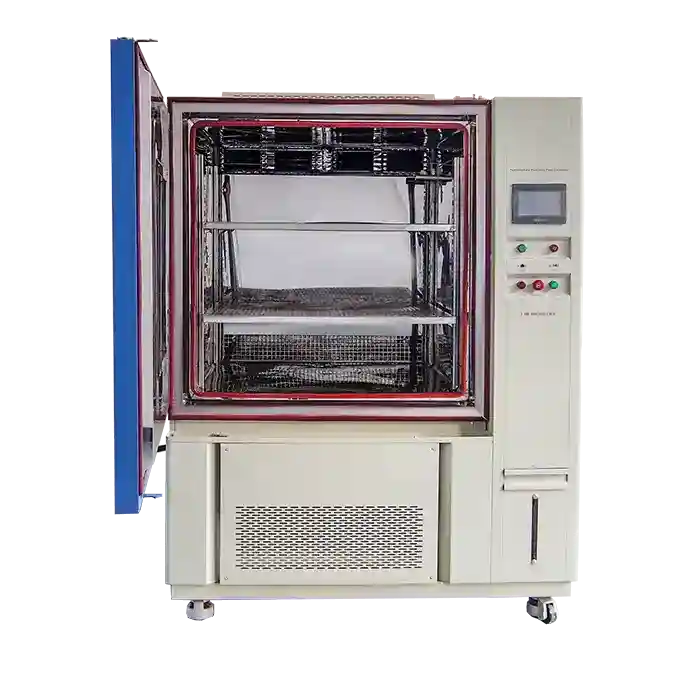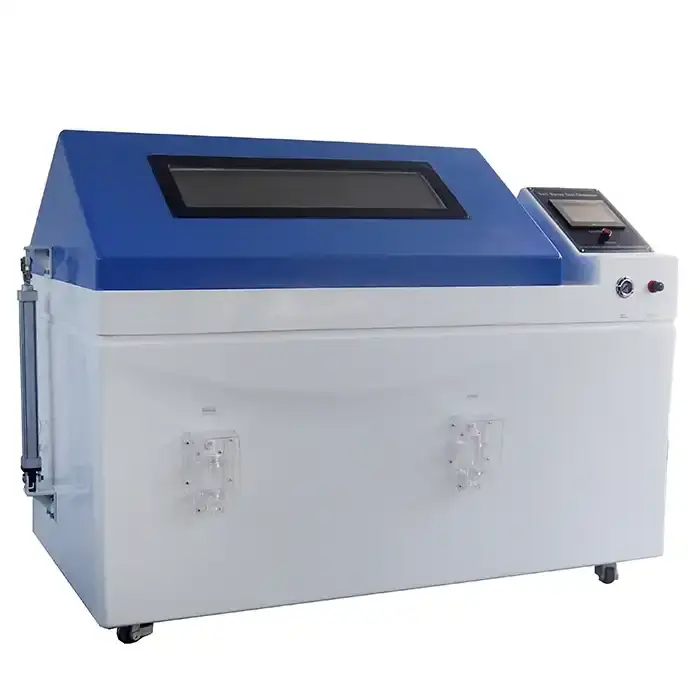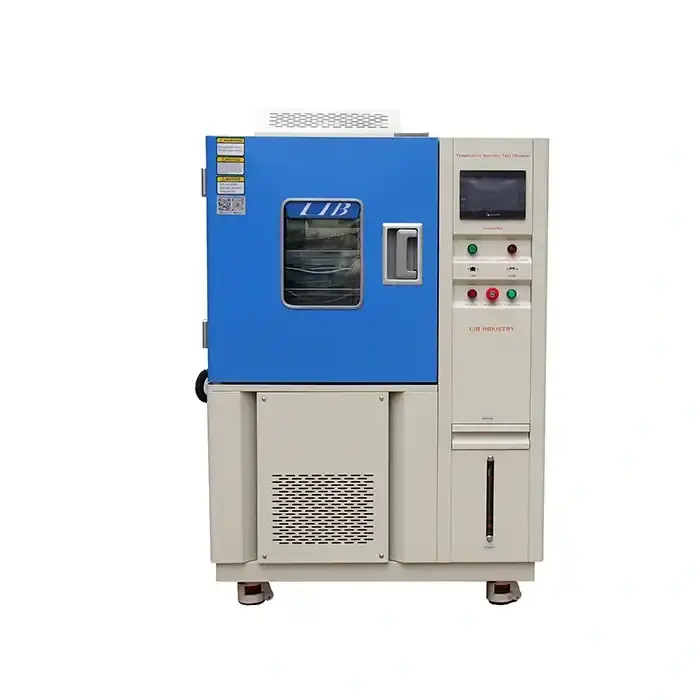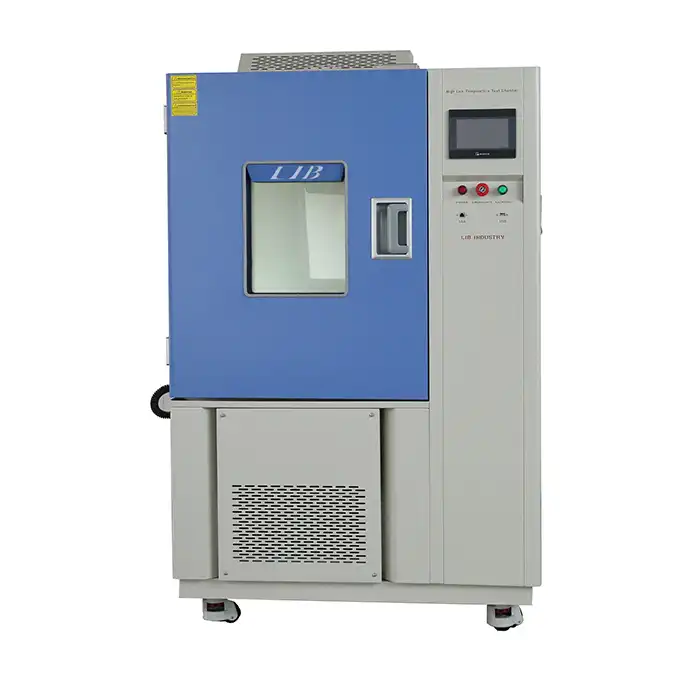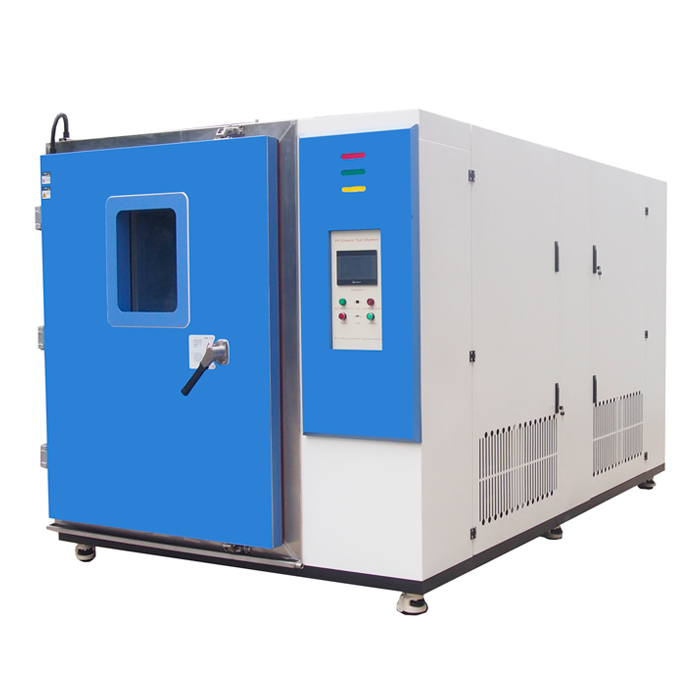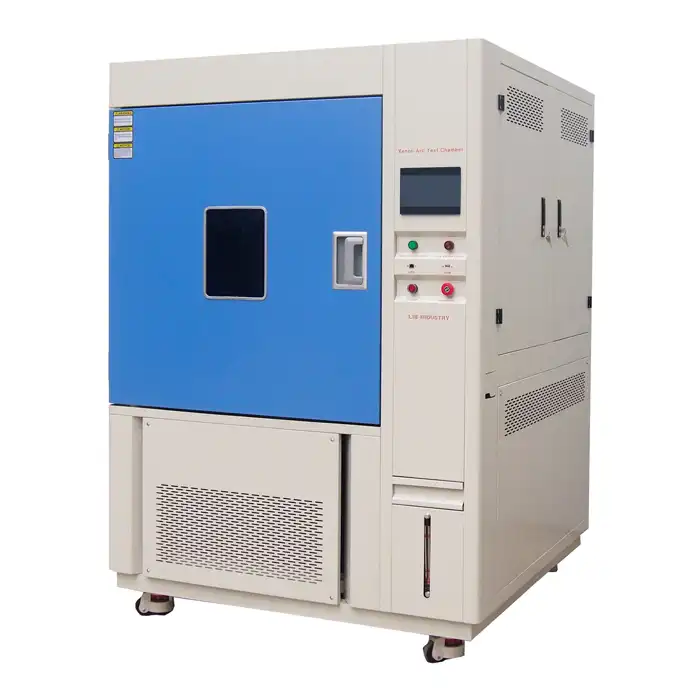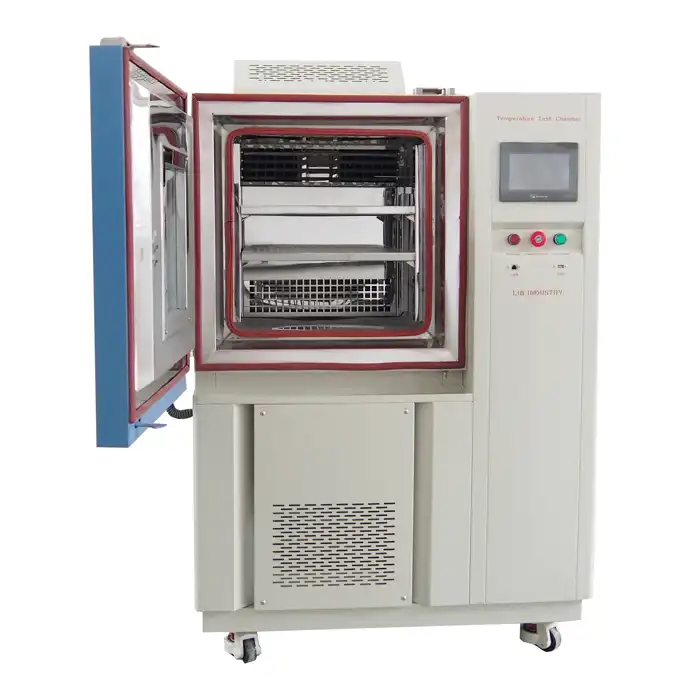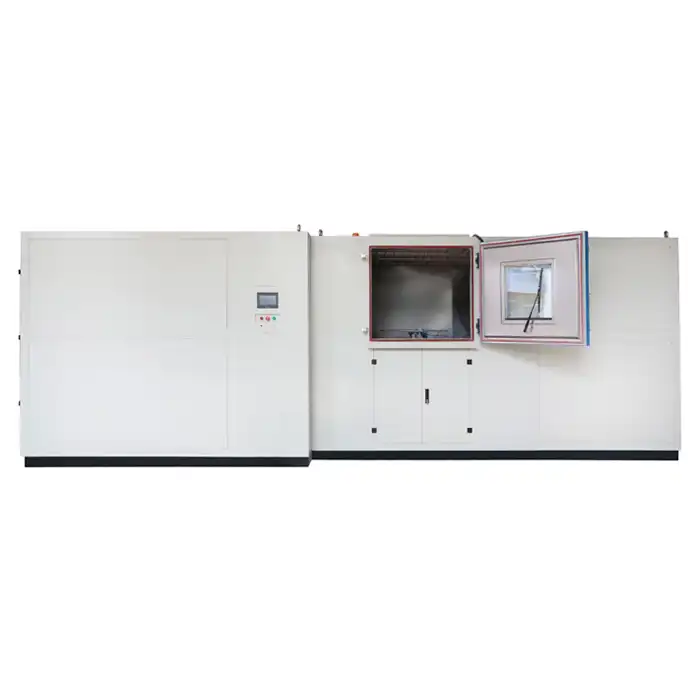What is the principle of UV chamber?
UV aging chambers, also known as UV weathering chambers or UV test chambers, are essential tools in materials testing and research. These specialized devices simulate the effects of prolonged exposure to ultraviolet (UV) radiation, helping manufacturers and researchers understand how their products will perform over time in real-world conditions. In this comprehensive guide, we'll explore the fundamental principles behind UV chambers and their critical role in various industries.

♦The Science Behind UV Aging Chambers
Understanding UV Radiation
UV radiation is a type of electromagnetic energy emitted by the sun. It's divided into three categories: UVA, UVB, and UVC. UV aging chambers primarily focus on replicating UVA and UVB radiation, as these are the most relevant to material degradation on Earth's surface. UVA (315-400 nm) penetrates deeply into materials, while UVB (280-315 nm) is more energetic and causes more severe surface damage.
Artificial UV Sources
UV aging chambers utilize artificial light sources to generate UV radiation. Common types include fluorescent UV lamps, xenon arc lamps, and metal halide lamps. Each type has its own spectral characteristics, allowing researchers to choose the most appropriate source for their specific testing needs. These artificial sources can produce UV intensities many times stronger than natural sunlight, accelerating the aging process.
Control Systems and Parameters
Modern UV chambers incorporate sophisticated control systems to regulate various parameters. These include UV intensity, temperature, humidity, and exposure cycles. By precisely controlling these factors, researchers can create reproducible test conditions that accurately simulate different environmental scenarios. This level of control is crucial for obtaining reliable and consistent results across multiple experiments.
♦Key Components and Functions of UV Aging Chambers
UV Radiation Source
The UV radiation source is a crucial component of any UV aging chamber, as it directly affects the testing outcomes. Various types of lamps can be utilized based on the specific needs of the test. UV fluorescent lamps are widely favored for their longevity and consistent output, making them ideal for long-term experiments. In contrast, xenon arc lamps are chosen for their ability to emit a spectrum of UV radiation that closely mimics natural sunlight, providing a more comprehensive simulation of environmental conditions. The selection of the UV source plays a significant role in determining the type and extent of material degradation observed, impacting the accuracy and relevance of the test results.
Temperature and Humidity Control
Temperature and humidity control are essential features of UV aging chambers, ensuring accurate and reliable testing conditions. These chambers are equipped with sophisticated heating and cooling systems to maintain precise temperature settings, as temperature fluctuations can significantly influence the rate of chemical reactions triggered by UV exposure. Additionally, many UV aging chambers are fitted with humidity control systems, recognizing that moisture levels can greatly impact the degradation processes of materials. By simulating a range of temperature and humidity conditions, these chambers enable researchers to conduct more thorough and realistic assessments of material durability and performance under various environmental scenarios.
Sample Mounting and Rotation
Proper sample mounting is critical for achieving uniform UV exposure and obtaining accurate test results. To ensure even distribution of UV radiation, many UV aging chambers are designed with rotating sample holders or carousels. This rotation ensures that all test specimens receive consistent exposure by preventing localized overexposure and ensuring that UV light reaches all surfaces of the samples. Such a setup is essential for replicating real-world conditions, where objects are typically exposed to UV radiation from various angles and sources. This approach helps to provide more representative and reliable data on the material's durability and response to UV exposure.
LIB UV aging Chamber

Specimen Capacity | 56 Pieces |
Irradiation Source | Fluorescent UV lamps (8) - 40 W |
Temperature Range | Ambient ~ 90 ℃ ±2℃ |
Black Panel Temperature (BPT) | 35 ~ 80 ℃ |
Humidity Range | ≥95% RH |
Bandwidth | 290 ~ 400 nm |
Irradiance Control | 0.3~20 W/㎡ |
♦Applications and Benefits of UV Aging Chambers
Industry Applications
UV aging chambers find applications across a wide range of industries. In the automotive sector, they're used to testing the durability of paints, coatings, and interior materials. The construction industry relies on UV chambers to evaluate the performance of building materials, sealants, and outdoor furnishings. Textile manufacturers use these chambers to assess color fastness and fabric degradation. Even the aerospace industry utilizes UV aging chambers to test materials used in aircraft and spacecraft construction.
Research and Development
In research laboratories, UV aging chambers play a crucial role in developing new materials and improving existing ones. Scientists use these devices to study the fundamental mechanisms of UV-induced degradation, helping them design more durable and UV-resistant products. The accelerated aging capabilities of UV chambers allow researchers to predict long-term material performance in a fraction of the time it would take under natural conditions.
Quality Assurance and Compliance
Many industries have strict standards and regulations regarding UV resistance and weatherability. UV aging chambers help manufacturers ensure their products meet these requirements before going to market. By conducting standardized tests in UV chambers, companies can provide reliable data on product longevity and performance, enhancing consumer confidence and reducing the risk of product failures in the field.
♦Conclusion
In conclusion, UV aging chambers are indispensable tools in modern materials testing and quality assurance processes. By harnessing the power of artificial UV radiation and precise environmental control, these chambers provide valuable insights into material behavior and longevity. As technology continues to advance, we can expect even more sophisticated UV aging chambers to emerge, further enhancing our ability to develop durable, high-performance materials for a wide range of applications.
If you want to get more information about UV Aging Chambers or other environmental testing solutions, you can contact us at info@libtestchamber.com.
References
1. Johnson, A. R., & Smith, B. T. (2019). Principles of Accelerated Weathering: UV Aging Chambers in Materials Science. Journal of Materials Testing, 45(3), 278-295.
2. Zhang, L., & Chen, X. (2020). Advanced UV Aging Chamber Technologies for Polymer Degradation Studies. Polymer Testing, 88, 106549.
3. Brown, M. E., & Wilson, R. J. (2018). UV Radiation Effects on Automotive Coatings: A Comprehensive Review. Progress in Organic Coatings, 122, 169-182.
4. Fernández-García, M., & Rodríguez-Lorenzo, L. M. (2021). UV Aging of Nanocomposites: Insights from Accelerated Testing. Nanomaterials, 11(2), 442.
5. Thompson, C. S., & Davis, K. L. (2017). Standardization of UV Weathering Tests: Challenges and Opportunities. ASTM International Journal, 14(6), 1-12.
6. Yamamoto, H., & Sato, T. (2022). Next-Generation UV Aging Chambers: Integrating AI and IoT for Enhanced Material Testing. Smart Materials and Structures, 31(5), 055007.



